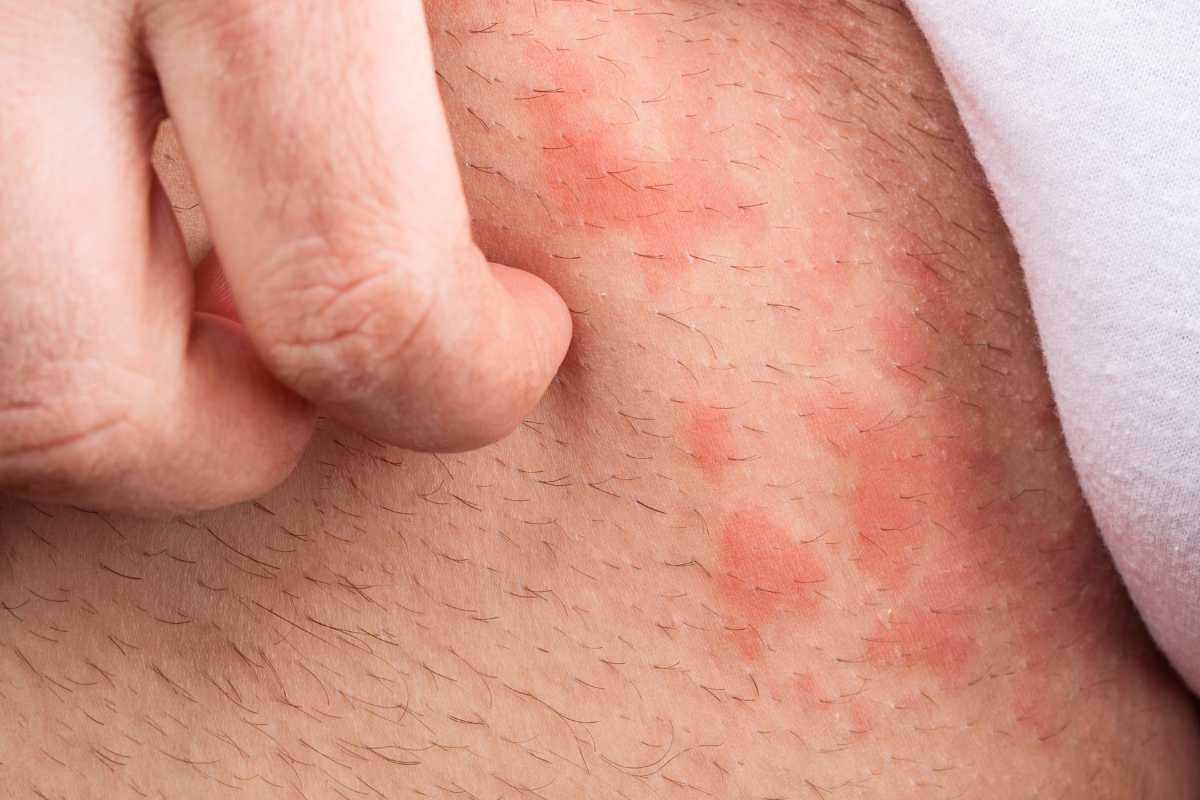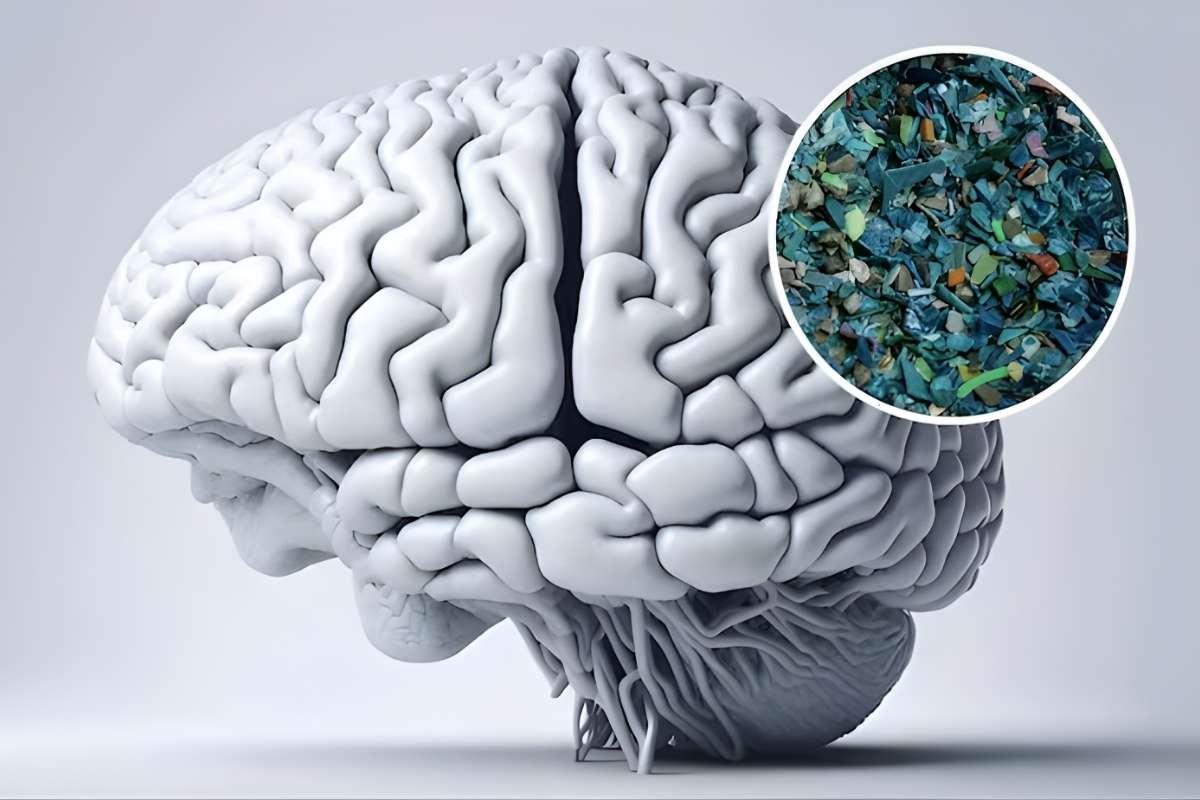Have you ever noticed discomfort or irritation in your groin area, only to discover a rash has developed? If so, you know just how uncomfortable and irritating they can be. Rashes in groin area can make everyday activities like sitting, walking, or even sleeping a frustrating experience. The good news is, most rashes in the groin area are common and treatable once you understand the cause. In this article, we’ll dive into the main reasons why rashes in the groin area develop, what symptoms to look for, and how you can treat them effectively.
What Causes Rashes in Groin Area?
There are various reasons why rashes in the groin area occur. The groin is a warm, moist place, making it an ideal environment for irritation and infections. Several factors contribute to rashes in the groin area, and each type may have its own set of symptoms. Below are some common causes:
1. Fungal Infections
One of the leading causes of rashes in the groin area is fungal infections. The groin’s moist environment makes it easy for fungi like tinea cruris (commonly known as jock itch) to thrive. This infection typically causes itchy, red patches that may spread if left untreated.
2. Bacterial Infections
Bacterial infections can also result in rashes in groin area. Folliculitis, for instance, is a condition where hair follicles get infected, causing red, swollen bumps. Cellulitis is another bacterial infection that can create a rash in the groin area, often leading to tenderness and swelling.
3. Contact Dermatitis
Sometimes, rashes in the groin area are caused by an allergic reaction to something the skin has come into contact with. This could be due to a new soap, detergent, or fabric. When this happens, it’s called contact dermatitis, and it usually results in redness, itching, and irritation.
4. Heat Rash
Another common cause of rashes in the groin area is heat rash. This occurs when sweat gets trapped in the skin’s pores, especially during hot, humid weather or after intense physical activity. Heat rash leads to small red bumps that can become itchy or uncomfortable.
5. Intertrigo
Intertrigo is a condition that often affects skin folds, such as the groin area, where friction, heat, and moisture combine. This type of rash in the groin area is red, irritated, and can sometimes smell unpleasant if it becomes infected.
6. Psoriasis
Inverse psoriasis is a type of psoriasis that affects skin folds like the groin. This causes smooth, red patches that can be uncomfortable. While psoriasis usually affects other areas of the body, it can still result in a rash in the groin area.
7. Sexually Transmitted Infections (STIs)
Some STIs, like genital herpes or syphilis, can cause rashes in the groin area. These rashes may be accompanied by blisters, sores, or burning sensations. If an STI is the cause, it’s essential to seek medical advice for proper diagnosis and treatment.
Symptoms of Rashes in Groin Area
Rashes in the groin area can present in several ways, depending on the underlying cause. Here are some common symptoms associated with rashes in the groin area:
1. Itching
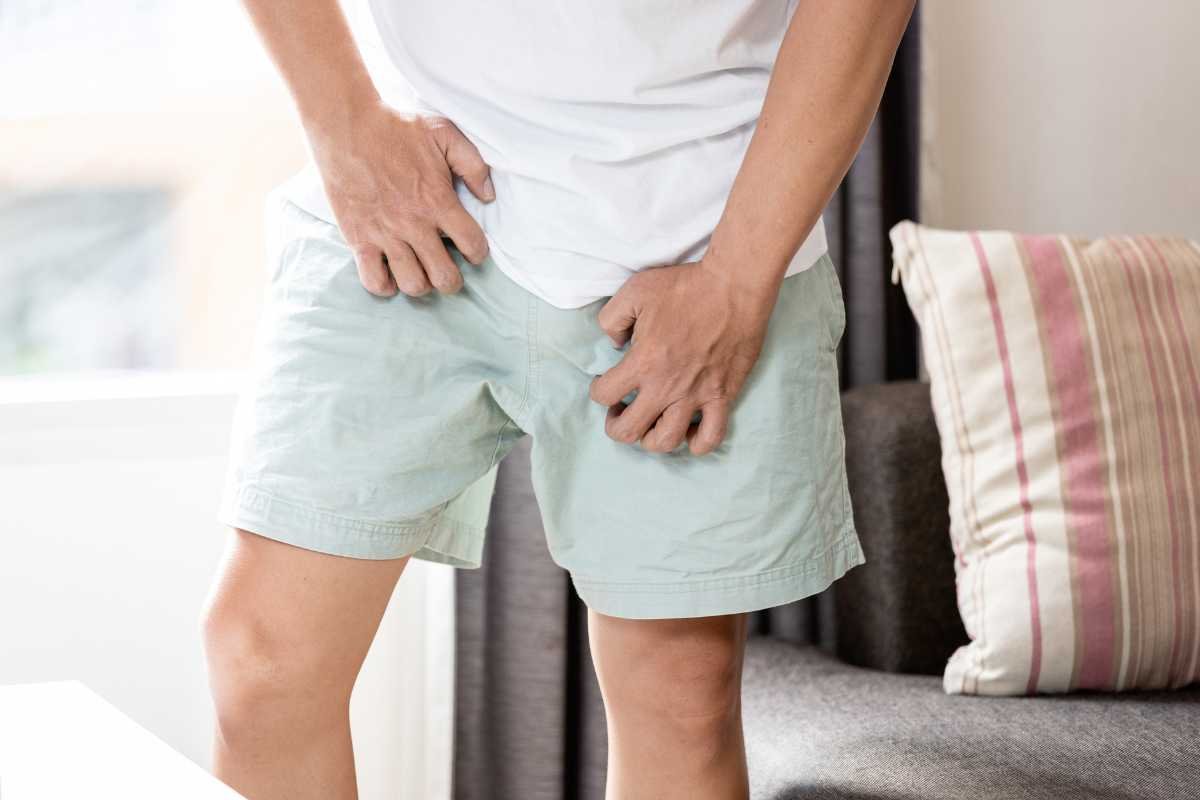
This is usually the most noticeable symptom, as most rashes in the groin area cause a persistent itch.
2. Redness
The affected skin may turn red or pink, a common sign of inflammation.
3. Swelling
Some rashes in the groin area cause swelling, making the skin feel tender to the touch.
4. Burning Sensation
In many cases, rashes in the groin area create a burning feeling, especially if caused by friction or infection.
5. Blisters or Sores
In more severe cases, rashes in the groin area can lead to blisters, sores, or open wounds.
6. Scaling or Peeling
If the rash is due to a fungal infection or psoriasis, the skin may start to flake or peel.
Diagnosing Rashes in Groin Area
If you’re unsure about the cause of the rash in your groin area, it’s a good idea to see a doctor. They’ll ask about your symptoms, any recent changes in hygiene or products, and examine the rash. In some cases, the doctor might take a sample to test for infections.
Treatment Options for Rashes in the Groin Area
Thankfully, once you know what’s causing the rash in your groin area, treating it becomes much easier. Here are some treatment methods commonly used for rashes in the groin area:
1. Antifungal Creams
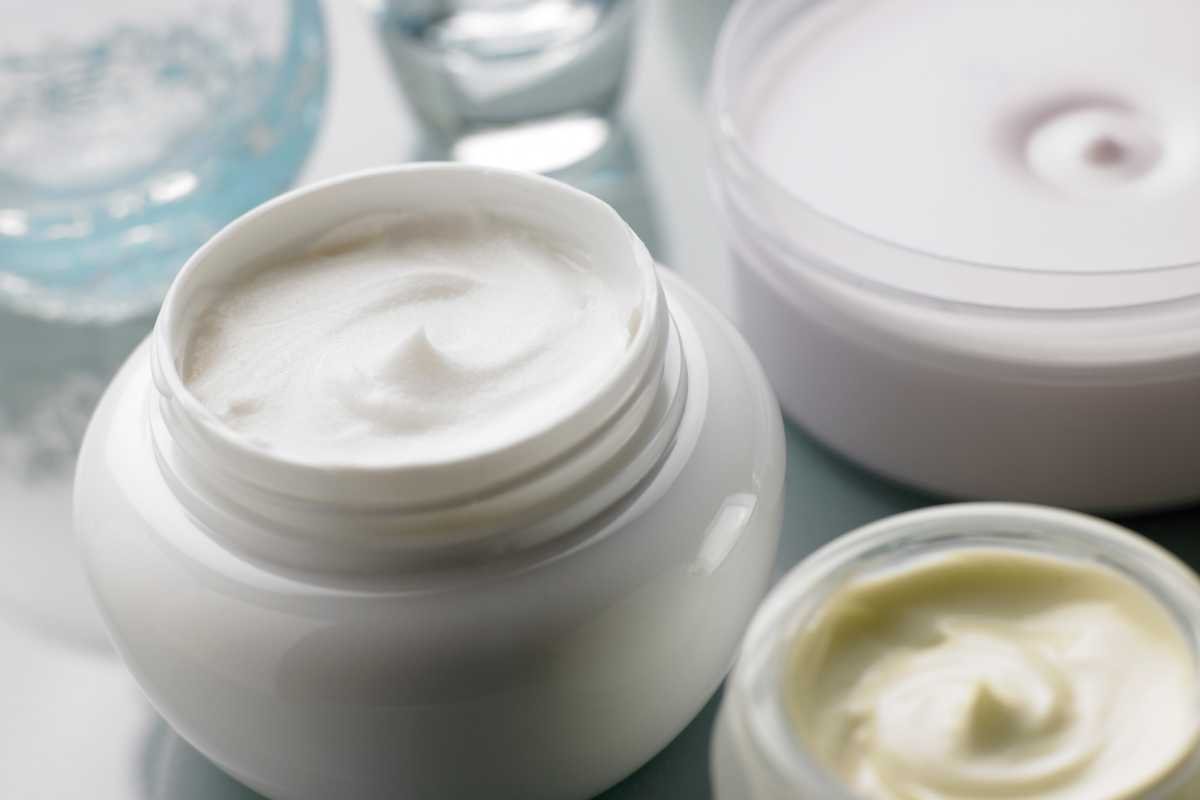
For fungal infections, such as jock itch, over-the-counter antifungal creams are often effective in treating rashes in groin area. If the infection persists, a doctor may prescribe stronger medication.
2. Antibiotics
Bacterial infections require antibiotics, either in topical form or as a pill. Following the full course of antibiotics is important to completely eliminate rashes in the groin area caused by bacteria.
3. Hydrocortisone Cream
A mild hydrocortisone cream can help reduce itching and inflammation in rashes caused by contact dermatitis or psoriasis.
4. Calamine Lotion
Calamine lotion can provide relief for itchy and irritated skin, making it useful for rashes in the groin area caused by heat or allergies.
5. Keep the Area Dry
Keeping the groin area dry is essential when treating rashes caused by moisture, such as intertrigo. Using moisture-absorbing powders or wearing breathable fabrics can prevent the rash from worsening.
6. Lifestyle Changes
In many cases, simple lifestyle changes can prevent rashes in the groin area from returning. This includes wearing loose clothing, avoiding irritants, and practicing good hygiene.
How to Prevent Rashes in Groin Area?
Preventing rashes in the groin area requires maintaining proper hygiene and making mindful choices about your daily routine. Here are a few tips to keep in mind:
1. Stay Clean and Dry
Regularly wash and dry the groin area, especially after exercise, to prevent the buildup of sweat and moisture.
2. Wear Breathable Fabrics
Opt for loose, cotton clothing to minimize friction and allow the skin to breathe.
3. Avoid Irritating Products
If you notice rashes in your groin area after using a new soap or detergent, consider switching to hypoallergenic options.
4. Use Powder
Antifungal or moisture-absorbing powders can help keep the groin area dry, reducing the risk of developing rashes.
5. Manage Chronic Skin Conditions
If you have conditions like psoriasis, staying on top of your treatments can help prevent rashes in the groin area.
When to Seek Medical Help?
While many rashes in the groin area can be treated at home, there are instances when you should see a doctor. It’s time to get professional advice I
- The rash doesn’t improve after two weeks of treatment.
- You notice blisters, sores, or pus-filled bumps.
- You experience fever, chills, or other unusual symptoms.
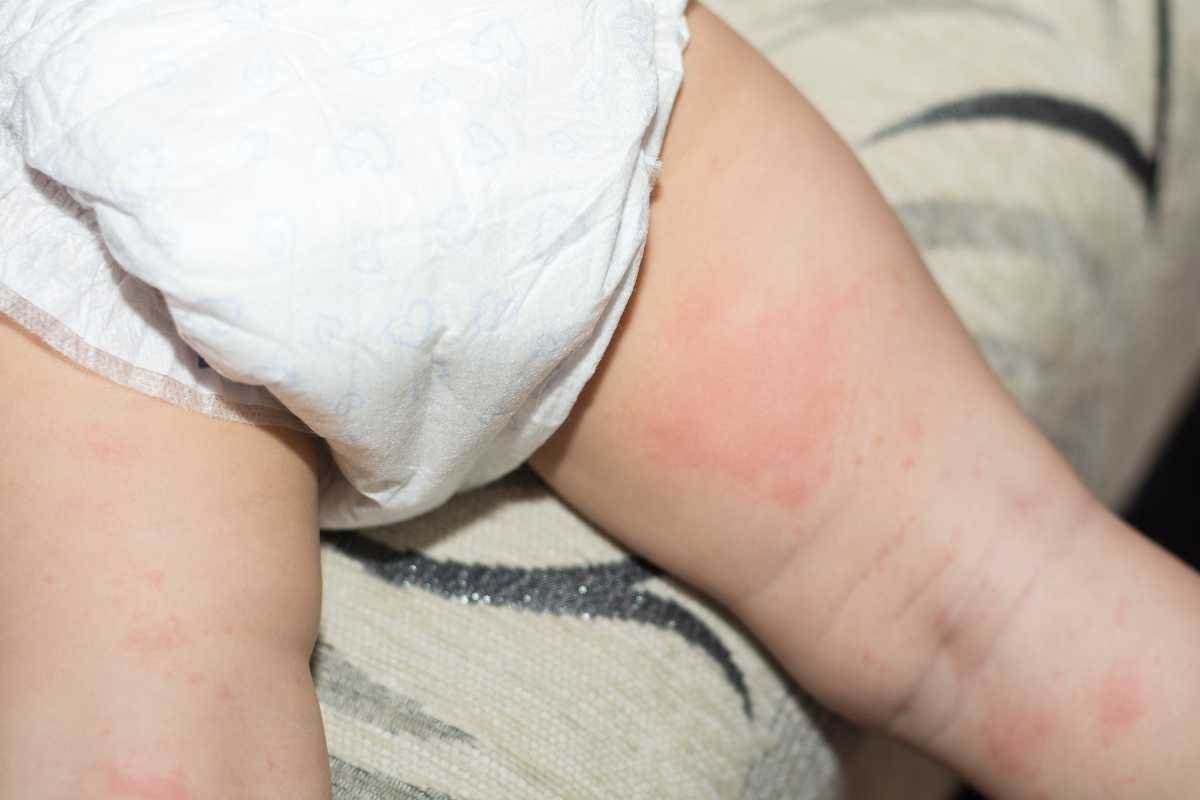
- The rash is spreading or becoming more painful.
For rashes in groin area caused by STIs, immediate medical attention is crucial for proper diagnosis and treatment.
Conclusion
Rashes in groin area can be uncomfortable, but most are treatable once you identify the cause. Whether it’s a fungal infection, irritation from clothing, or an allergic reaction, knowing the symptoms can help you find the right treatment. Keeping the groin area clean, dry, and free from irritants is key to preventing rashes from returning. If your rash persists or worsens, don’t hesitate to consult a doctor to ensure you get the right care.

